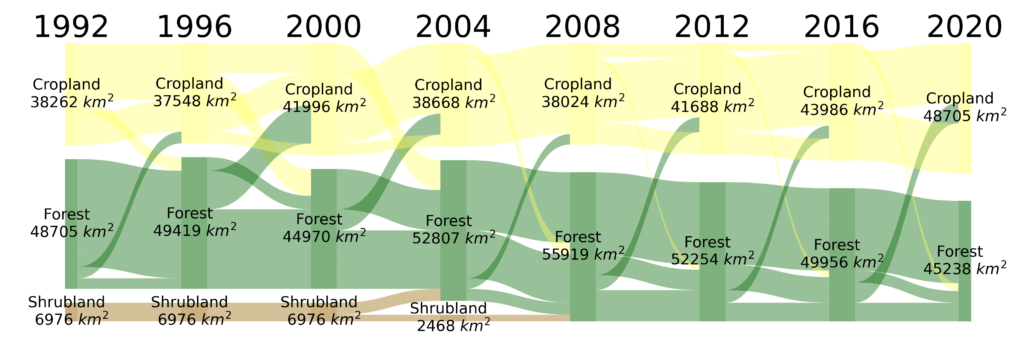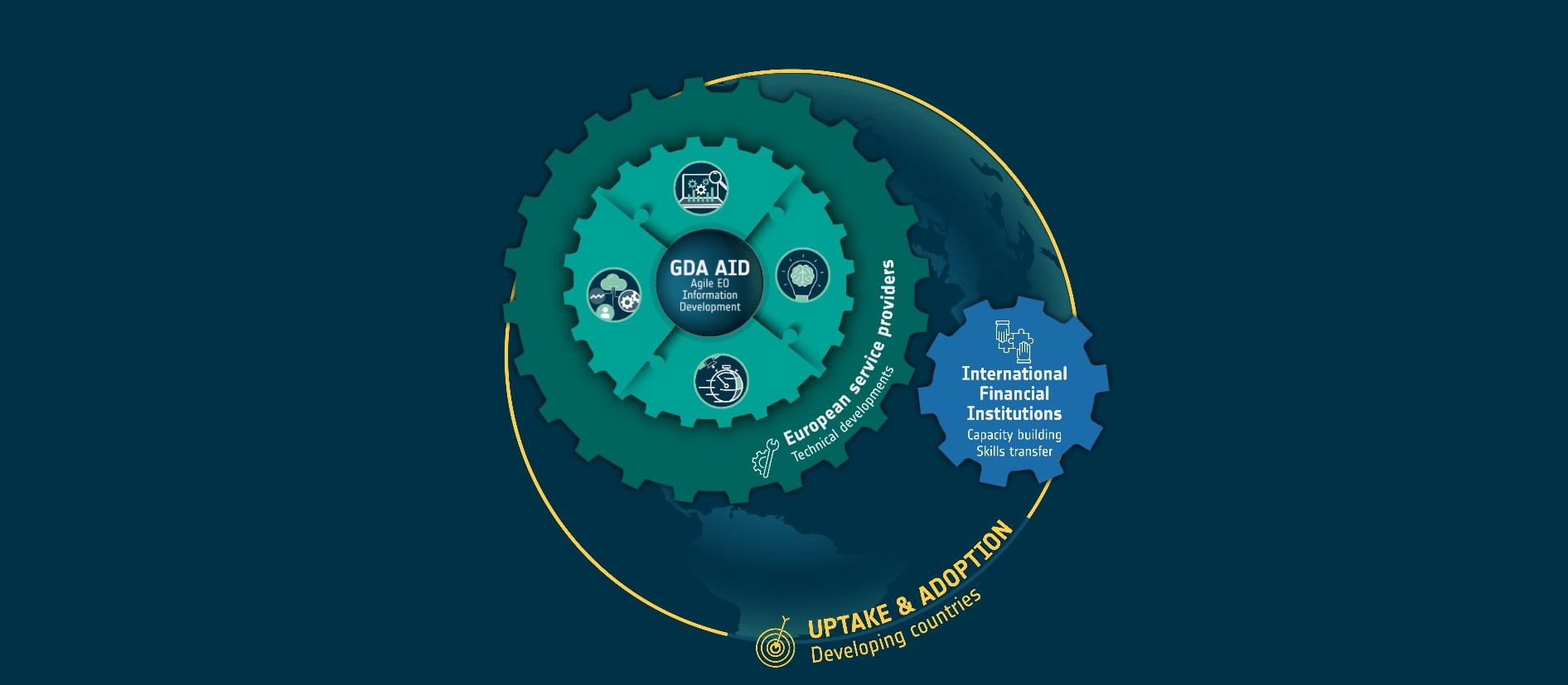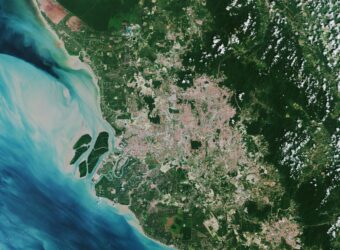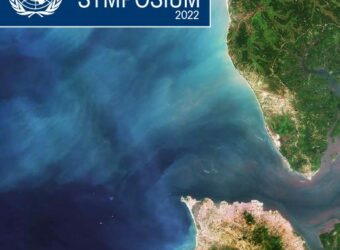The European Space Agency (ESA) Global Development Assistance (GDA) Agile Earth Observation (EO) Information Development (AID) Climate Resilience Consortium used ESA’s Climate Change Initiative land cover data to help the World Bank with the development of a Forest Deep Dive analysis for the Country Climate and Development Report (CCDR) of the Democratic Republic of the Congo (DRC).
The World Bank’s CCDRs are instrumental in helping countries identify impactful actions to reduce greenhouse gas (GHG) emissions and enhance adaptation, aligning them with broader development goals. These reports leverage data and research to inform decision-makers and stakeholders, facilitating evidence-based decision-making, promoting collaboration, and guiding resource allocation for high-impact climate-smart development.
Through the integration of climate considerations into national policies and investments, CCDRs effectively support sustainable development, fostering long-term economic growth, poverty reduction and environmental sustainability. The DRC’s CCDR seeks to align climate action and development efforts within the country, providing valuable guidance on achieving development goals while effectively managing the impacts of climate change.
Although many developing countries understand the significance of integrating climate change into development finance initiatives, they are often hampered by limited environmental and monitoring data. This reduces the efficacy of the preparation and deployment of adaptation, disaster response, and low carbon development efforts. Using EO data, the project team bridged data gaps for the Forest Sector, a key pillar of the DRC CCDR, and played a pivotal role in crafting key recommendations for forest and agriculture carbon market discussions in the DRC’s CCDR.
The project team used EO data from the ESA Climate Change Initiative (CCI) to establish a historical baseline for land use. This was used to assess the transformation of land cover over recent decades, particularly the conversion of forests to croplands. They also analysed changes in biomass to estimate fluctuations in the tree canopy of the DRC.

The GDA Consortium also provided results from dynamic global vegetation models and climate impact models, available through the Inter-Sectoral Impact Model Intercomparison Project (ISIMIP), to inform the DRC country climate development report. CCDRs serve as comprehensive assessments that offer insights into a country’s climate challenges, potential opportunities, and strategies for climate action. They provide valuable information that can be used to secure funding and channel financial resources towards climate action within the country.
In the project’s next phase, the World Bank and its partners aim to expand the scope beyond the DRC, using earth observation data to facilitate the creation of CCDRs worldwide.
Key Takeaways
| – Developing countries face a lack of environmental data, hindering their efforts in adaptation, disaster response, and decarbonization. – The project team used Earth observation data to bridge data gaps and contribute significantly to creating the Democratic Republic of the Congo’s Country Climate and Development Report. – The World Bank and its partners plan to use earth observation data to expand the project’s scope beyond the DRC, enabling the creation of country climate development reports worldwide. |















